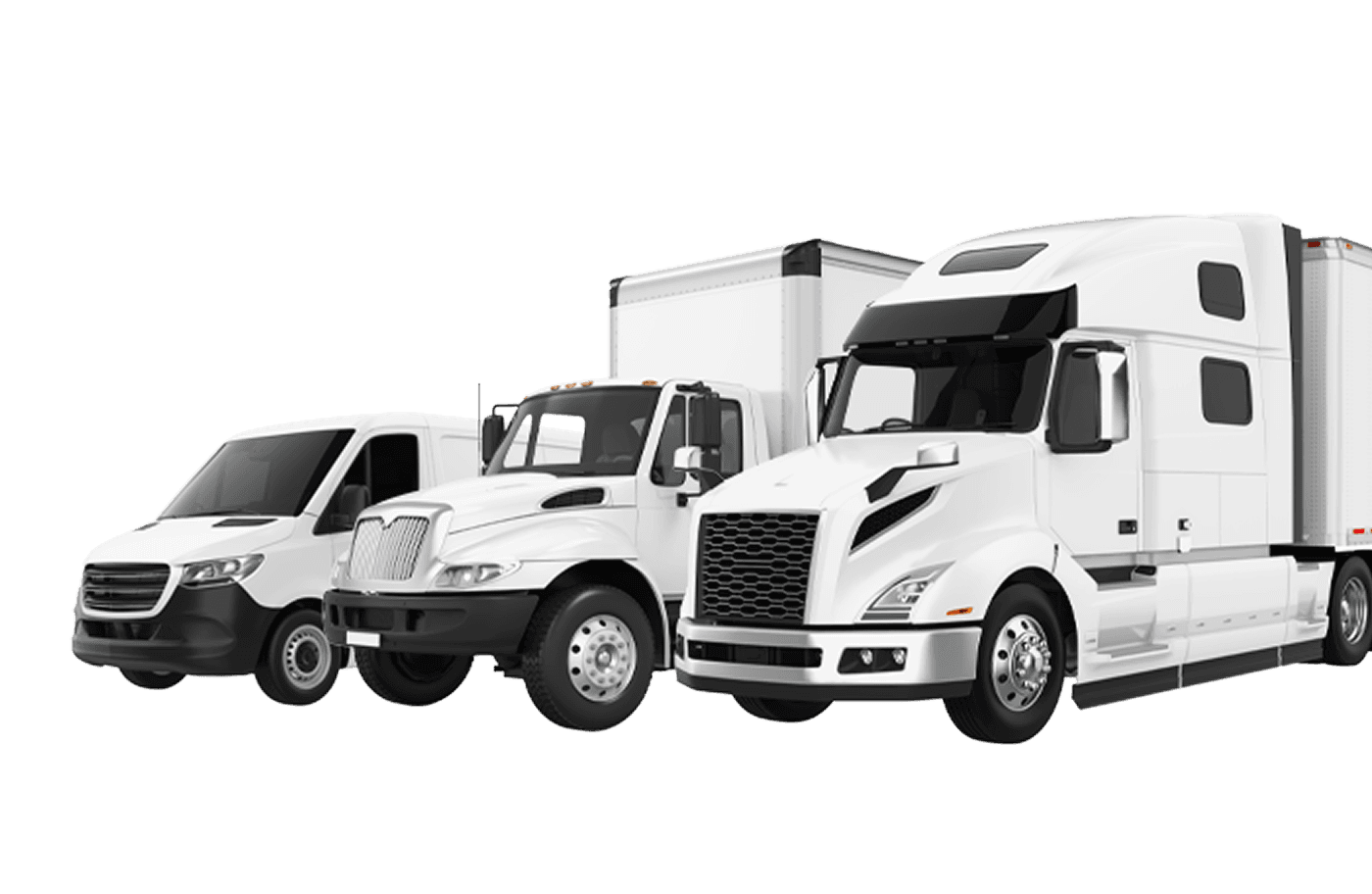Crossdock San Bernardino: The Logistics Engine of Southern California
How San Bernardino’s cross-dock network powers the U.S. import and eCommerce economy.
Unknow author
18 August 2025, 9 min read
San Bernardino: The Beating Heart of Southern California Freight
No region in America moves more freight per square mile than Southern California. It’s the country’s largest import gateway, the global crossroads of trade, and the nerve center of eCommerce fulfillment. But at the core of that system — powering it day and night — is one city: San Bernardino.
The phrase “crossdock San Bernardino” has come to define how Southern California keeps its supply chains alive despite chronic congestion, labor shortages, and port gridlock. Situated in the Inland Empire, the San Bernardino logistics zone is the engine that absorbs, redistributes, and accelerates freight from the ports of Los Angeles and Long Beach to the rest of the nation.
What happens here determines the flow of goods everywhere else.
From Port to Cross-Dock: The 60-Mile Supply Chain
Every day, thousands of containers leave the ports and make their way east along I-10, I-15, and SR-60 — the arteries feeding San Bernardino’s cross-dock ecosystem. Within this 60-mile stretch lies one of the densest concentrations of logistics infrastructure in the world.
Crossdock San Bernardino facilities operate as the “lungs” of the system, taking in containerized imports, deconsolidating them, and pushing outbound freight toward Arizona, Nevada, Texas, and the Midwest.
A container might arrive at the port in the morning and be reloaded onto a domestic trailer by evening. This constant rhythm turns days into hours and chaos into continuity.
For importers and carriers, San Bernardino represents one simple promise: even when the ports choke, freight still moves.
Why the Inland Empire Became America’s Logistics Capital
Three key factors explain the rise of crossdock San Bernardino as the dominant logistics hub of the Western Hemisphere:
• Space and scalability: The Inland Empire offers vast tracts of industrial land unavailable in coastal cities. Warehouses here average over 600,000 square feet, and cross-dock layouts allow simultaneous inbound and outbound flow.
• Infrastructure density: San Bernardino sits at the convergence of major freeways, intermodal yards, and regional airports. Freight can shift seamlessly between truck, rail, and air.
• Labor specialization: The region has built a skilled logistics workforce capable of executing high-volume transfers with precision.
This combination of land, location, and labor has made the area indispensable. Over 40% of all U.S. consumer imports now pass through the Inland Empire before reaching their final destination.
The Cross-Dock Advantage — Flow Over Storage
Traditional warehousing relies on accumulation; cross-docking thrives on motion. San Bernardino has mastered the art of velocity.
Instead of stockpiling goods, crossdock San Bernardino operations prioritize rapid turnover. Shipments are unloaded, sorted, labeled, and reloaded within hours. For eCommerce and retail clients, this short dwell time reduces inventory risk and speeds up order fulfillment.
Many facilities now use automation to manage dock assignments and pallet transfers. AI-powered yard systems coordinate truck arrivals to prevent congestion. The result: a freight ecosystem optimized not for capacity, but for continuity.
Automation and the Human Workforce
San Bernardino’s logistics engine runs on a blend of automation and human expertise. Autonomous pallet shuttles, digital scanners, and robotic sorters handle repetitive tasks, while experienced dock teams manage complex exceptions — overweight corrections, mixed loads, or damaged freight.
This hybrid model boosts both productivity and job stability. Workers are trained to supervise technology rather than compete with it, ensuring the region maintains operational excellence without sacrificing employment opportunities.
The area’s technical colleges have even developed logistics training programs tailored to cross-docking and freight analytics, making crossdock San Bernardino a model of modern labor evolution.
Managing Congestion and Sustainability
Ironically, the very success of San Bernardino’s logistics industry has created its biggest challenge — congestion. Every day, tens of thousands of trucks flow through its freeways, generating delays and emissions.
To counter this, many crossdock San Bernardino operators have adopted green logistics strategies:
• Transitioning to electric yard trucks and natural gas tractors.
• Implementing solar energy systems to power warehouses.
• Using digital scheduling to minimize idle times and deadhead miles.
These steps not only improve efficiency but also align with California’s aggressive sustainability mandates. In the process, the region is proving that high-volume freight and environmental responsibility can coexist.
Case Study — Turning Peak Season Chaos Into Order
During the 2024 holiday surge, a national retailer faced record import volumes. Containers piled up at the Port of Long Beach, with thousands waiting for drayage. Through strategic coordination with crossdock San Bernardino facilities, the company redirected overflow containers inland by rail.
At one 24-hour cross-dock site near Tippecanoe Avenue, teams processed 250 inbound containers in three days, breaking them down and redistributing goods to 17 regional stores. The retailer avoided $300,000 in demurrage and kept its delivery schedule intact.
Such stories illustrate San Bernardino’s true power — transforming potential crises into operational triumphs.
The Ripple Effect — How San Bernardino Keeps the Nation Moving
Every pallet that passes through the Inland Empire influences national freight balance. When San Bernardino runs smoothly, deliveries in Chicago, Dallas, and Atlanta stay on schedule. When it slows down, the entire country feels the strain.
This interdependence makes the city’s cross-dock network one of America’s most strategic assets. It connects global trade to domestic consumption, turning containerized imports into the everyday goods that fill store shelves and eCommerce orders.
In this sense, crossdock San Bernardino is more than a logistics service — it’s national infrastructure.
Looking Ahead — Smart Logistics and Future Growth
The next frontier for San Bernardino lies in smart logistics. Real-time freight visibility, predictive analytics, and digital integration between port and inland facilities will define the coming decade.
Developers are already investing in “logistics smart parks” — clusters of cross-docks, trucking depots, and data centers linked by shared technology platforms. These ecosystems will enable synchronized scheduling, automated compliance, and AI-driven freight allocation.
As this transformation unfolds, San Bernardino’s role will evolve from regional hub to intelligent freight engine — guiding the flow of goods with both muscle and memory.
Conclusion: The Powerhouse Behind America’s Imports
The story of crossdock San Bernardino is the story of modern logistics itself: scale, adaptation, and relentless motion. From the ports of Los Angeles to the freeways of Nevada, its reach defines how America consumes, produces, and delivers.
San Bernardino doesn’t just handle freight — it orchestrates it. Every container unloaded here fuels an economy thousands of miles away.
In 2025, as global trade becomes faster, smarter, and more demanding, the Inland Empire remains its irreplaceable core. San Bernardino is not the shadow of the ports; it’s their engine.
You may also like

Logistics Without Limits: How Franchising Is Fueling the Next Wave of Growth in the Industry
A New Era of Scalable, High-Performance Logistics
4 min read

Bridging Giants: Navigating the US-China Supply Chain in a Shifting Global Landscape
Unlocking Opportunities Amidst Geopolitical Change
0 min read

Unlocking Value Together: How the Sharing Economy Is Reshaping Logistics and Beyond
The New Age of Shared Value
0 min read
Streamline Your Logistics Today
Partner with Freitty for smarter, faster, and more efficient cross-docking services.
